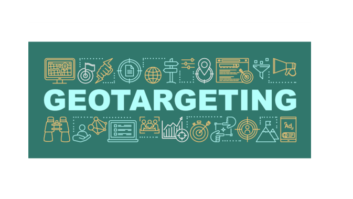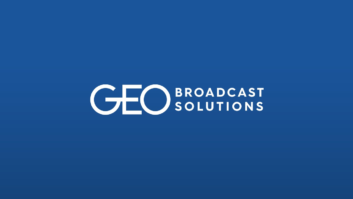Radio World’s “Guest Commentaries” section provides a platform for industry thought leaders and other readers to share their perspective on radio news, technological trends and more. If you’d like to contribute a commentary, or reply to an already published piece, send a submission to radioworld@futurenet.com.
The author is project director of RadioDNS.
Radio exists in a varied ecosystem, which is evident when you see the many different ways automotive manufacturers can implement radio functionality while still following the same technical standards.
Sometimes this freedom of implementation creates inconsistencies of experience. Two people can read the same technical specification but interpret it in slightly different ways, and those slight differences can lead to functions not working as expected or at all. Neither side has egregiously set out to make something not work, but the outcome is frustrating for the listener.
The Automotive Workshops set out to find and fix those anomalies. It’s not a group that looks to develop new functionality and technical standards, rather one that works out how to make the current functionality work better. The attendees suggest topics for discussion, based on their own experiences of things that just need to be looked at in the round.
The most recent Automotive Workshop — the 12th, held in the summer — considered some new topics and some recurring topics, reflecting the varied speeds of change in both the radio and automotive industries.
Thinking visually
Driver distraction is a discussion of growing prominence.
WorldDAB and RadioDNS recently published guidelines to codify what visual design and presentation is helpful to drivers, and what may constitute a distraction.
The workshop concluded that the guidelines are fair and reasonable, that most broadcasters and manufacturers already follow them, and that they’re best used to identify and modify the behavior of less well-intentioned actors. It’s probably the first time that a graphic designer in a radio station has been given an accurate brief of how their work will appear to a driver in a car.
At this workshop the group discussed further additions to the visuals to help clarify the guidelines especially for designers who may be in a radio station and creating these visuals for the first time.

[Read More Guest Commentaries Here]
Streaming to the car
The changing face of streaming, particularly in Europe, also warranted significant discussion.
As broadcasters update their business models around streaming, and factor personalization and targeting more significantly into their plans, the meeting discussed how to continue providing drivers access to streaming audio (alongside broadcast) without drivers having to install apps.
While the technical standards allow for it, it seems there are more complex business discussions about providing “automotive-suitable” streams, identifying legitimate manufacturer users and allowing “listener login.” If every broadcaster requires every manufacturer to register with them first to get access to streams, the number of agreements and arrangements quickly becomes unmanageable. The attendees agreed to look at this issue in more detail.
Keeping station branding and logos updated in an ever-changing radio industry continues to be an energetic discussion, with both sides apparently edging closer to consistently implementing an effective way of transferring logos and station information using RadioDNS’ open standards.
We heard from the automotive manufacturers on the challenges of working with radio stations from advanced markets to markets very different from North America and Europe, and how they’re trying to find an approach that works for them all. And similarly, from broadcasters wanting to make sure their stations are correctly represented in cars, and the steps they’re taking to make that easier to do.
NPR presented an update to their project to provide metadata and content from their member stations using RadioDNS’ open standards. They explained about the complexity of bringing together and publishing data from their wide membership, and their internal education and communications plans.
The next workshop
Other subjects discussed included the inconsistent signaling of traffic announcements between analog and digital radio, updates on Android Automotive and Apple CarPlay, whether a canonical terminology guide would reduce the number of implementation misunderstandings in the future, and how to better test functionality in the gap between standardization and production rollout.
Automotive Workshops are open to members of RadioDNS and WorldDAB and other important participants in the radio and automotive industries. This workshop is part of a wider effort by the broadcast industry to speak with one voice to the car market and brings in vehicle manufacturers to ensure both sides are working together on what is important for the listener/driver. The next one is scheduled for Thursday Nov. 10.






